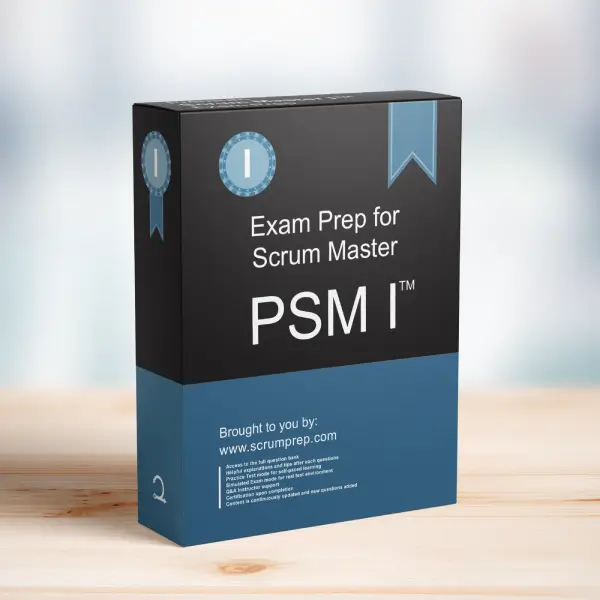Sizing of Product Backlog Items in Scrum
Accurate sizing of Product Backlog items is crucial for effective Sprint Planning and successful Scrum implementation. This article explores a specific exam question about who is responsible for sizing Product Backlog items, providing detailed explanations and insights relevant to the PSM I exam.
Exam Question
Who is responsible for the sizing of Product Backlog items? (choose the best answer)
- A. The Scrum Master.
- B. The Developers, alone.
- C. The Product Owner with input from the Developers.
- D. The most senior people in the organization, including architects and subject matter experts.
- E. The Developers after clarifying requirements with the Product Owner.
Correct Answer
E. The Developers after clarifying requirements with the Product Owner.
Explanation
Correct Answer
E. The Developers after clarifying requirements with the Product Owner: In Scrum, the Developers are responsible for sizing (estimating) the Product Backlog items. They do this after clarifying the requirements with the Product Owner. The Developers use their technical expertise to provide estimates based on the complexity, effort, and time needed to complete the work. This collaborative approach ensures that the estimates are realistic and based on a clear understanding of the work required.
Incorrect Answers
A. The Scrum Master: The Scrum Master facilitates the Scrum process and supports the team but does not directly participate in the sizing of Product Backlog items. Their role is to ensure that the team follows Scrum practices and to help remove any impediments.
B. The Developers, alone: While Developers are responsible for sizing the items, they do not work in isolation. They need to clarify requirements and collaborate with the Product Owner to ensure a shared understanding before making estimates.
C. The Product Owner with input from the Developers: The Product Owner provides requirements and priorities but does not estimate the size of the items. The Developers are the ones who provide the estimates based on their technical knowledge and experience.
D. The most senior people in the organization, including architects and subject matter experts: This approach does not align with Scrum principles. Estimations are best done by the team members who will be doing the work, as they have the most relevant and current knowledge of the tasks.
Responsibilities in Scrum
- Product Owner: The Product Owner provides clear requirements and priorities for the Product Backlog items. They collaborate with the Developers to ensure that all necessary information is available for accurate sizing.
- Scrum Master: The Scrum Master facilitates the estimation process, ensuring that it follows Scrum practices and that any impediments are removed. They do not participate in the actual sizing of items.
- Developers: Developers are responsible for sizing the Product Backlog items. They use their expertise to estimate the effort required for each item, ensuring that the estimates are realistic and based on a clear understanding of the requirements.
Relevance to the PSM I Exam
Understanding who is responsible for sizing Product Backlog items is crucial for the PSM I exam. It demonstrates knowledge of Scrum roles and the collaborative nature of the Scrum process. Mastering this concept ensures that Scrum Teams can effectively plan and manage their work.
Key Takeaways
- The Developers are responsible for sizing Product Backlog items after clarifying requirements with the Product Owner.
- Sizing is based on the Developers’ technical expertise and understanding of the work.
- Collaboration between the Product Owner and Developers is essential for accurate sizing and effective Sprint Planning.
Conclusion
In Scrum, the Developers are responsible for sizing Product Backlog items after clarifying requirements with the Product Owner. This collaborative approach ensures that the estimates are realistic and based on a clear understanding of the work required. Understanding this concept is essential for effective Scrum implementation and success in the PSM I exam. For comprehensive preparation and practice exams, check out PSM I Exam Prep to enhance your understanding and application of Scrum principles.




